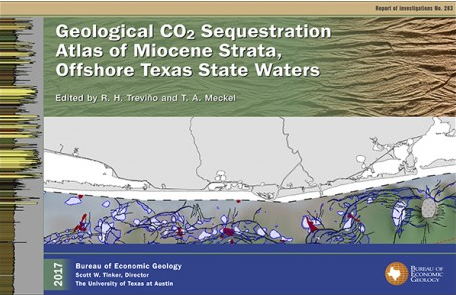Lyons Sandstone, Denver Basin (10)
Comments on Geologic Parameters
10 Fluid Residence Time:
Several simulation models have been run for the Denver Basin. Lee and Bethke (1994) simulated ground-water flow resulting from the Eocene Uplift on the Front Range. As the Front Range merged from the Laramide deformation, basin fluids migrated to the east in response to the hydraulic gradient created by the water table. Ground-water flow is active today (Belitz and Bredehoeft, 1988 in Lee and Bethke, 1994). Present-day flow velocities are not known, but the model calculated by Lee and Bethke (1994) estimates a rate of about 20 m/yr in the Lyons Sandstone. The rate should be slower because the Lyons pinches out to the east, and it also is not hydraulically continuous across the basin.
10 Reference:
Belitz, K., and Bredehoeft, J., 1988, Hydrodynamics of Denver Basin: explanation of subnormal fluid pressures: American Association of Petroleum Geologists Bulletin, v. 72, no. 11, p. 1334-1359.
Lee, M. L., and Bethke, C., 1994, Groundwater flow, late cementation and petroleum accumulation in the Permian Lyons Sandstone, Denver Basin: American Association of Petroleum Geologists Bulletin, v. 78, no. 2, p. 227-237.



